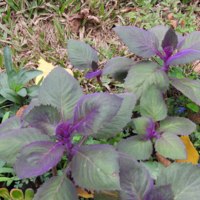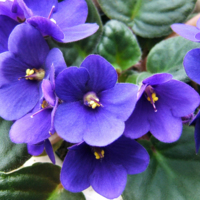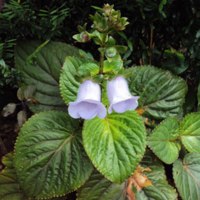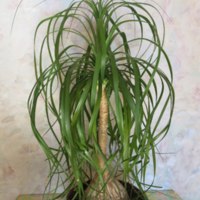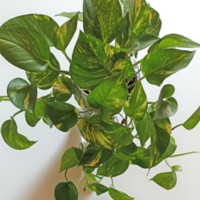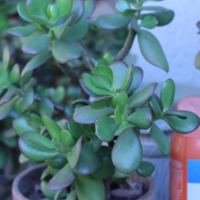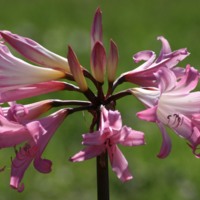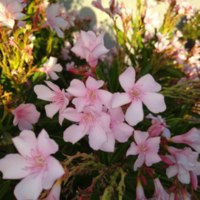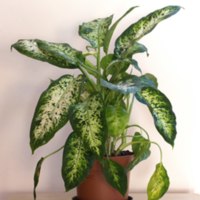Browse Items (16 total)
Sort by:
-
Royal Velvet Plant
Gynura aurantiaca is an evergreen herbaceous perennial that is safe for dogs and cats. They should be kept in bright light with some protection during the afternoon when the sun is hottest. They need well-drained pots but are not picky about soil. Royal velvet plants like to be well-watered, but do not water their leaves as it makes them prone to fungus. Keep these plants in 60 to 70° and prefers slightly more humid climates. These plants should be fertilized once a week, and monthly or biweekly in the winter. -
African Violet
Scientific name Saintpaulia ionantha is safe and even beneficial for both cats and dogs. This plant requires strong indirect light 10-12 hrs daily, temperatures between 68° – 85°F, 80% humidity, re-pot annually, and watering once a week. It is considered a fairly picky plant and should not be watered from above as water hitting the leaves may cause permanent spotting. -
Ponytail Palm
Scientific name is Beaucarnea recurvata and is safe for both dogs and cats. These plants are easy to take care of and require little attention. They need bright, indirect sunlight. Allow the first inch or two of the top soil dry out completely before watering again; ponytail palms do not require much water. Normal room temperatures are fine for the palm. -
Pothos
Scientific name is epipremnum aureum and is poisonous to both dogs and cats. These plants are easy to take care of and require little attention. They need indirect sunlight and will not do well in direct sunlight. Pothos should be watered every 1-2 weeks once the soil dries out. Ideal temperatures during range from 65-85 degrees F. -
Jade Plant
Scientific name is crassula ovata and is poisonous to both dogs and cats. These plants are easy to take care of and require little attention. They need direct sunlight, and the soil should be moist at all time and never dry out. Ideal temperatures during the day range from 65-75 degrees F. The ideal temperature range during the night is 50-55 degrees F. -
Venus flytrap
The Venus flytrap is the common name for Dionaea muscipula. It requires bright light for at east 6 hours a day, with acidic soil that is consistently damp. Venus flytraps need distilled water or rainwater. -
Dumb Cane
Scientific name is dieffenbachia and is poisonous to both dogs and cats. Symptoms if ingested include vomiting, burning and swelling of the mouth, difficulty swallowing, and difficulty breathing. Dumb Cane is relatively easy to take care. It requires indirect, bright sunlight and moist soil. Ideal temperature range is between 60 and 80 degrees F.
